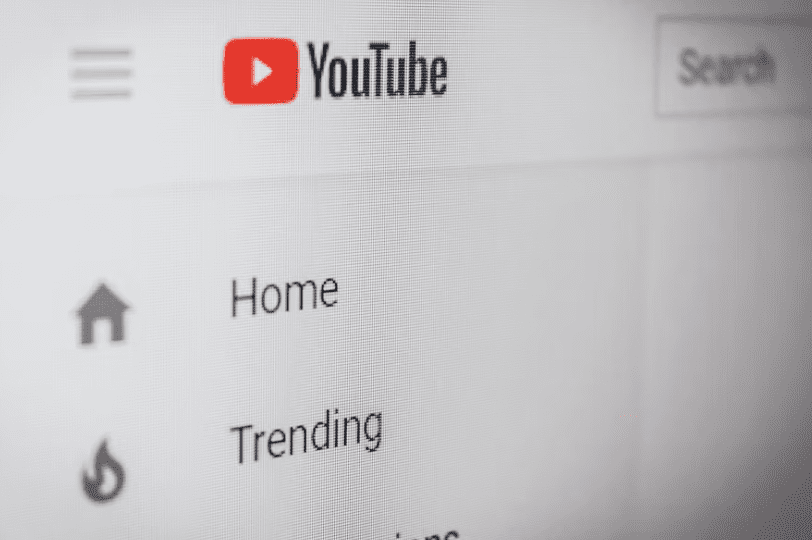Paid Social vs. Organic Social
Which Strategy Drives Better Results?


Which Strategy Drives Better Results?



By Savannah Dickson
Senior PPC Executive
With a decade of experience in digital marketing, Savannah brings a well-rounded perspective from both agency and client-side roles. She specialises in PPC, social media and content writing.
12 February 2025
Blog Social MediaWhen it comes to social media marketing, businesses often find themselves at a crossroads of whether to invest in paid social campaigns or focus on building organic reach. Both strategies offer advantages, and deciding which to prioritise depends on your goals, resources, and target audience.
In this blog, we’ll explore the key benefits of paid and organic social, and help you determine which strategy might deliver the best results for your business.
Organic social media refers to the content that you post for free on platforms like Facebook, Instagram, Twitter, LinkedIn, and TikTok. These posts are visible to your followers and, if shared or engaged with, can reach a broader audience.
1. Authenticity: Organic posts often feel more genuine, as they come directly from the brand without any financial push. This authenticity can develop trust and loyalty with your audience.
2. Cost-Effective: Since posting is free, organic social is ideal for businesses with limited budgets. It’s a low-risk way to test content ideas and build a brand presence.
3. Engagement with Loyal Followers: Organic social allows you to nurture relationships with your existing followers by sharing updates, behind-the-scenes content, and community stories.
4. Long-Term Benefits: Consistently posting valuable content can improve your brand’s visibility over time, thanks to algorithms prioritising high-quality, engaging posts.
Paid social refers to advertising campaigns where businesses pay platforms to display their content to specific audiences. These ads can take various forms, including promoted posts, sponsored content, or video ads.
1. Immediate Results: Paid campaigns can drive traffic, leads, and sales almost instantly, making them ideal for short-term promotions.
2. Advanced Targeting: Platforms like Facebook and Instagram allow you to target users based on demographics, interests, behaviours, and even life events.
3. Scalability: Paid social allows you to scale your campaigns to reach large audiences, helping you grow your brand awareness rapidly.
4. Performance Insights: Detailed analytics provide insights into campaign performance, helping you optimise for better results over time.
Organic reach is limited to your existing followers and the occasional extended audience through shares. In contrast, paid social enables you to reach a broader, targeted audience regardless of whether they follow your account.
Organic social is free but requires significant time and effort to maintain. Paid social involves a financial investment but often delivers faster and more measurable results.
Organic posts have a longer lifespan, especially on platforms like Pinterest or YouTube. Paid ads, however, stop delivering results as soon as you stop funding them.
While organic posts typically drive more genuine interactions, paid social can be optimised for specific engagement goals, such as clicks, shares, or conversions.
The decision between paid and organic social depends on your business goals. Let’s break it down:
● Building Brand Trust: If your goal is to establish your brand’s voice and foster a loyal community, organic social is the way to go.
● Limited Budget: For startups or small businesses, organic social can be a cost-effective way to gain traction.
● Long-Term Growth: If you’re playing the long game, consistent organic posting can help improve visibility and credibility over time.
● Driving Immediate Results: If you need quick wins, such as lead generation or event sign-ups, paid social is your best bet.
● Launching a New Product: Paid campaigns can create buzz and awareness around new offerings.
● Targeting Specific Audiences: Use paid ads to reach niche groups that are unlikely to find you through organic efforts alone.
While paid and organic social can deliver results independently, combining the two often yields the best outcomes. Here’s how you can fully utilise both strategies:
1. Boost High-Performing Organic Posts: Identify organic posts with high engagement and promote them to a wider audience using paid ads.
2. Use Organic Insights for Paid Campaigns: Analyse which organic content resonates most with your audience and incorporate similar themes/trends into your paid campaigns.
3. Build a Funnel: Use paid ads to drive traffic to your profile, then nurture those new followers by consistently posting valuable organic content.
4. Test and Learn: Use paid social for A/B testing to determine what types of content, messaging, or visuals work best, and then apply those insights to your organic strategy.
To determine which strategy drives better results, you need to measure their effectiveness against your goals. Key metrics to track include:
● Engagement Rate: Likes, comments, shares, and clicks.
● Reach and Impressions: The number of people who see your content.
● Conversion Rate: Leads, sales, or sign-ups generated.
● Cost-Per-Result: The amount spent per click, lead, or sale in paid campaigns.
By consistently tracking these metrics, you can adjust your strategies to maximise ROI.
Paid and organic social each have their strengths and limitations. By understanding the unique benefits of each and aligning them with your business objectives, you can create a balanced social media strategy that delivers both fast results and long-term growth. The key is to test, measure, and adapt your approach to find what works best for your brand. Whether you’re just starting out or looking to scale, a winning combination of paid and organic social can help you reach your social media marketing goals.
For social media training or expert advice on paid and organic social, contact Clever Clicks Digital today.

SEO vs GEO: The Future of Search Optimisation
Read full blog
Learn how to start a successful YouTube channel for your business in 2025 from content strategy and branding to optimisation tips that boost growth and visibility.
Read full blog